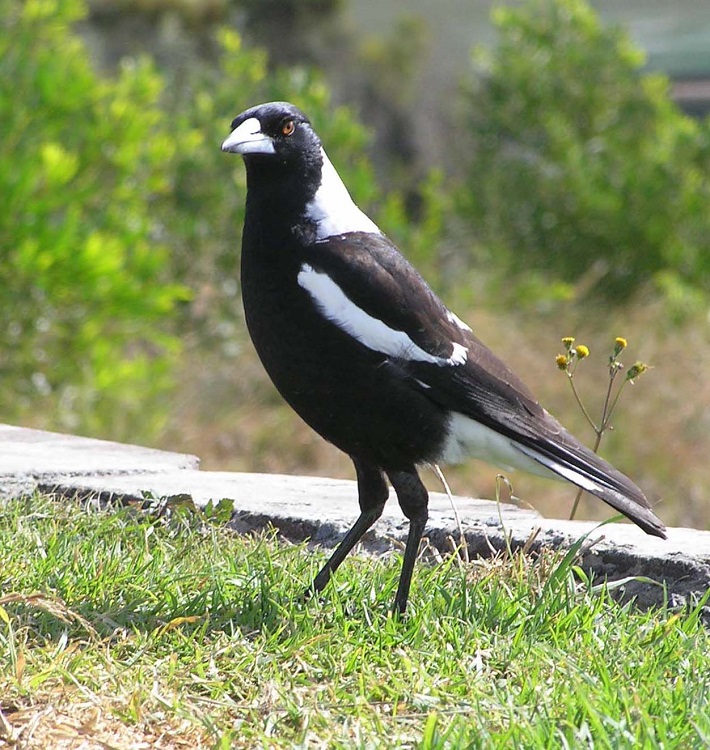Whether you love them for their quirkiness, impressive vocal abilities, sense of family and intelligence or hate them for their fiercely protective swooping behaviour during nesting season, Australian magpies are an iconic and true blue feature of the landscape.
Now, a new book Australian Magpie: Biology and Behaviour of an Unusual Songbird. Second Edition by award-winning author and avian behaviour expert, Emeritus Professor Gisela Kaplan from the University of New England, provides comprehensive insight into the complex behaviours, cognition and social structures of these fascinating birds.
“Australian Magpie was a bestseller for the publisher from the moment it was first published in 2004. But 15 years have gone by since the first edition and there is a good deal more to tell,” Prof. Kaplan said.
“Understanding of avian cognition was very much in its infancy in 2004. My research since has investigated particularly areas pertinent to avian cognition - from play behaviour and problem solving to memory and learning. These new findings are all reflected in the substantially expanded and updated second edition.”
In her years of painstaking research, Prof. Kaplan has found that magpies have feelings and memories; they can remember faces and places; they can plan and solve problems; and even pick which humans have acted in good or bad ways towards them.
“They have a long memory of humans they perceive to be high risk and dangerous but also a willingness to form enduring friendships with people,” Prof. Kaplan said.
She has also discovered purported ‘referential signals’, which form the basics of lexicon by identifying calls that had constant and specific meanings to the birds such as “careful, eagle about” or “come here, we have found food”.
One of the most stunning discoveries about magpies concerns ‘pointing behaviour’, which is the non-vocal act of pointing to an object to show others that there was hidden danger.
“This behaviour has only been described in one other bird, the common European raven,” Prof. Kaplan said “and, of course, there is ample evidence of gesturing in chimpanzees, which is seen as a forerunner of language.”
“It is stunning because gesturing was thought to require hands and arms but magpies manage to do it without arms by extension of the entire body.”
While these and many other findings have been published in scientific journals since 2004, they have remained relatively inaccessible to the general public. Which is why Australian Magpie: Biology and Behaviour of an Unusual Songbird, Second Edition is such a highly anticipated book. It will offer bird lovers, amateur ornithologist and anyone with an interested in avian behaviour and ecology unprecedented insight into these research findings and much more.
Australian Magpie: Biology and Behaviour of an Unusual Songbird, Second Edition is published by CSIRO and will be launched at the Bellingen Readers and Writers Festival which runs from Friday 7 June to Sunday 9 June. Prof. Kaplan, who has over 250 research articles and 22 books to her credit, is a featured speaker at the event.
For more about the book or to preorder visit this link: https://www.publish.csiro.au/book/7677/


